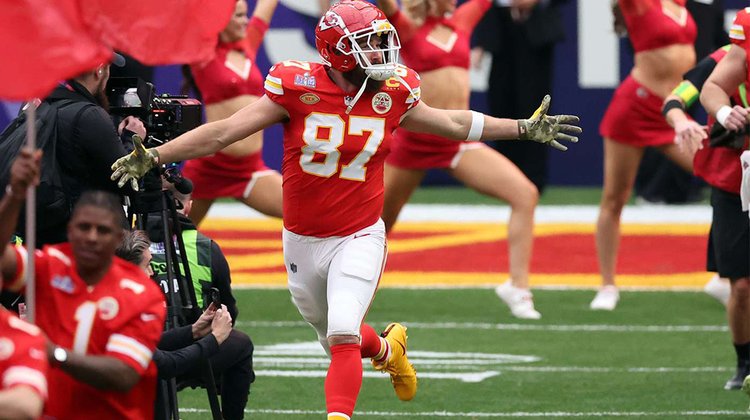Companies spent $7m for 30-second ad air time during the Super Bowl
11:51 - 12 February 2024

As the Kansas City Chiefs took home the victory at the Super Bowl, outlets benefiting from ad revenue from the event also had cause to celebrate with an estimated over $650m spent on commercials shown while people were tuned in to watch the game.
The 58th Super Bowl took place at Allegiant Stadium in Las Vegas, Nevada on Sunday, 11 February.
According to the National Public Radio (NPR), a US non-profit media organisation, the cost of a 30-second commercial in this year’s Super Bowl was $7 million or $233,333.33 a second.
With just under an hour’s worth of projected commercial time available to advertisers, the networks hosting the Super Bowl make significant amounts from the ad revenue.
TV slots were anticipated to net Paramount, for example, more than $650m in TV ad revenues as companies brought in big names such as Lionel Messi, Jennifer Aniston, Kris Jenner and Christopher Walken to advertise their products.
Super Bowl commercials are considered to be a huge part of the Super Bowl experience and adverts shown on the big day are sometimes talked about more than the result of the game.
Super Bowl ads also command a premium because the game is typically the most-watched media event of the year. That gives brands a chance to reach more consumers at one time than anywhere else, and many companies use the opportunity to trot out new products or introduce a new slogan.
While ad prices at this year’s event were the same as for the one in 2023, the 2022 Super Bowl featured one of the largest price jumps in the game’s history. Ads went from costing $5.5 million in 2021 to $6.5 million in 2022, which is an increase of 18%.
That price jump is the largest percentage increase since 2000, when ad costs jumped from $1.6 million in 1999 to $2.1 million in 2000, a whopping 31 percent increase.
At the first Super Bowl in 1967, 30-second commercial spots went for $37,500 for NBC, while CBS was selling their spots for $42,500. Nowadays, for perspective reasons, that could get you almost a quarter of a second of air time.
While inflation plays a part in the price increase, the increase also reflects the popularity and growth the NFL has seen over the almost 60-year time frame.
(Sources: NPR, Pro Football Network, CBS News)

